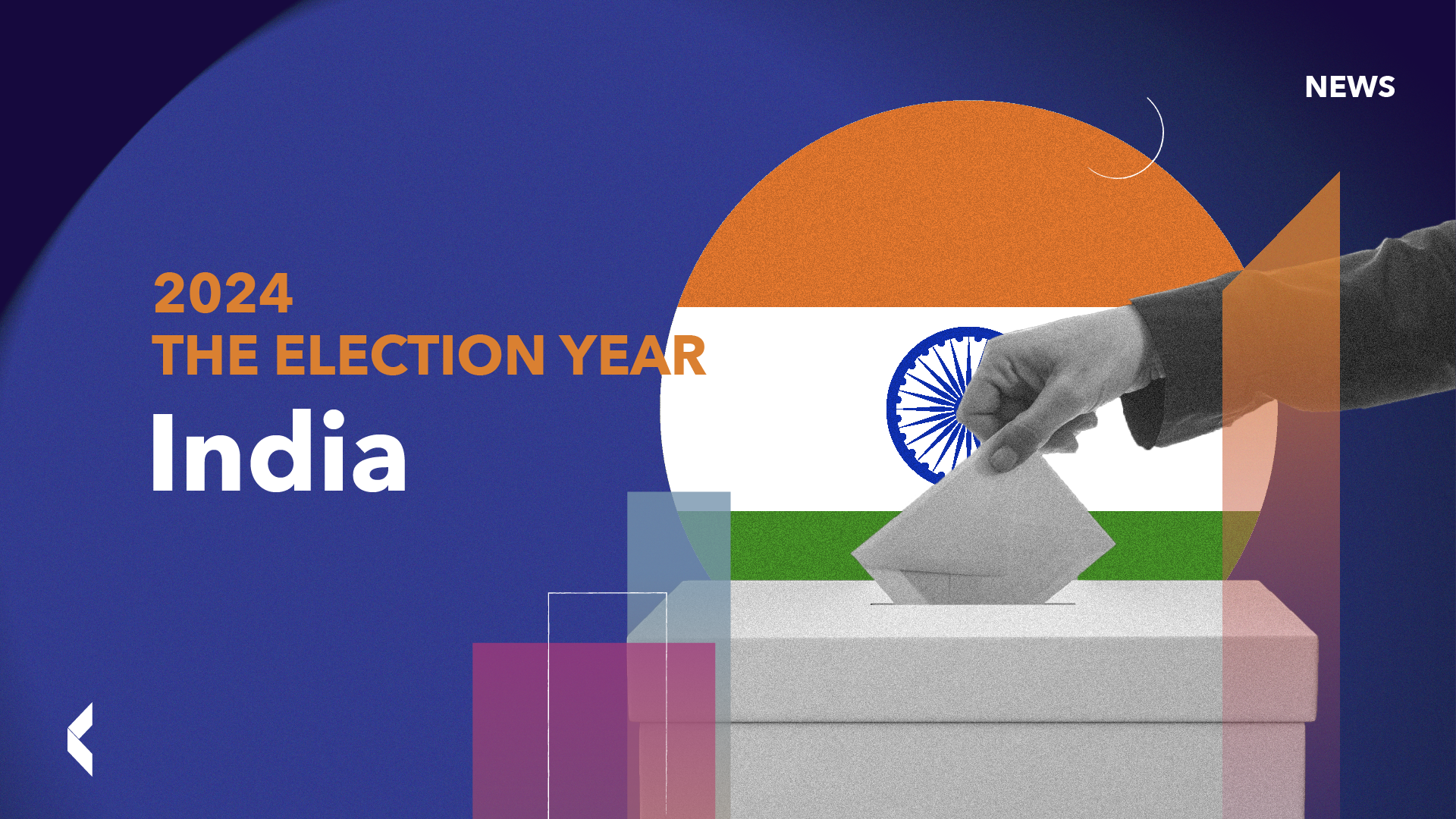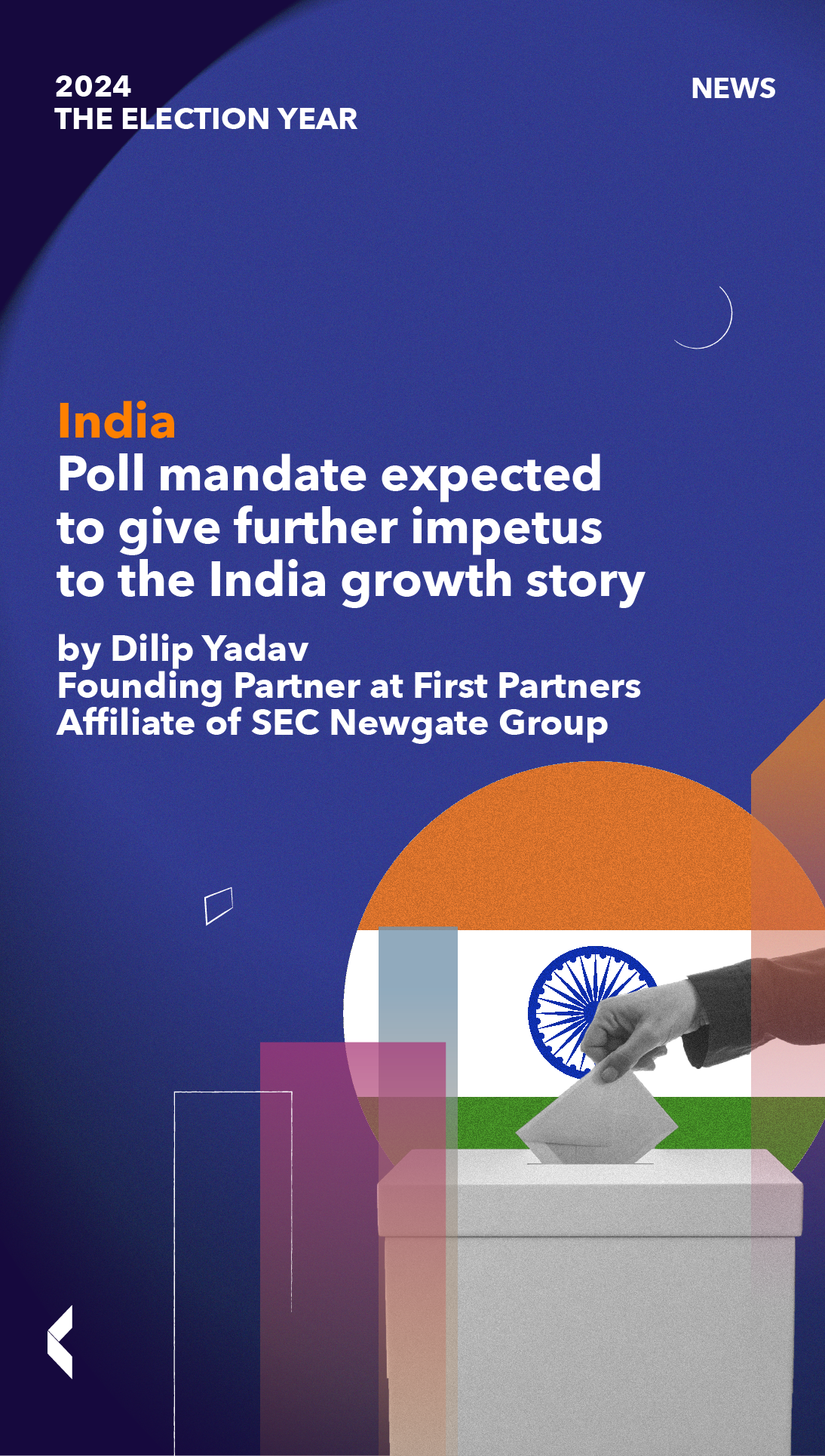About the Author
India’s general election pits Prime Minister Narendra Modi-led Bharatiya Janata Party against a broad alliance of opposition parties
India’s electoral canvas, with hues of diversity and plurality, witnesses a battle of ideologies and personalities. With a population exceeding 1.44 billion, the sheer magnitude of this democratic exercise is staggering, with approximately 970 million eligible voters poised to shape the nation’s destiny.
Ruling Government Riding on Modi Juggernaut
The past few years have witnessed a seismic shift in Indian politics,. The BJP, buoyed by Modi’s charisma and India’s robust economic performance, rides high on the “Modi juggernaut,” presenting a formidable challenge to its opponents. Modi’s vision of a “Viksit Bharat” (developed India) resonates strongly with voters, who see in him a beacon of progress and stability.
The electoral arena has witnessed the emergence of two major factions: the incumbent National Democratic Alliance (NDA), led by the BJP, and the opposition Indian National Developmental Inclusive Alliance (INDIA), a coalition of center-left to left-wing parties. As battle lines are drawn and alliances forged, the stage is set for an intense electoral showdown that transcends mere electoral arithmetic.
Held in the space of five years, the Lok Sabha elections, which select the central government, are likely to see the incumbent party once again in power, the Bharatiya Janata Party (BJP). The BJP has emerged as a favorite on the back of India’s robust economic growth, sustained international clout, and the overwhelming popularity of its prime draw, Modi.
Investors also view the prospect of a return to power for the Modi-led government favorably, given India’s tag of the “fastest-growing major economy,” with a staggering $3.7 trillion economy that continues to expand. Under Modi’s leadership, India has pursued economic liberalization and strategic initiatives to bolster its global standing. Making India a developed economy by 2047 is seen as one of the key election pitches of the Modi government, with the PM first dropping the developed-India-by-2047 reference in his 2023 Independence Day address.
Yet, amidst this narrative of progress, opposition is mounting allegations of deepening inequality simmering beneath the surface. While billionaires thrive and India’s economic prowess garners global admiration, the majority of Indians grapple with stagnant incomes and limited opportunities for upward mobility.
Major Election Issues and Political Promises
As voters grapple with a myriad of issues shaping the political discourse, critical concerns such as unemployment, religious identity, and electoral transparency take center stage. The BJP’s manifesto named “Sankalp Patra” (Resolution Letter) and the Congress party’s manifesto named “Nyay Patra” (Justice Letter) offer distinct visions for India’s future, emphasizing infrastructure development and social justice, respectively.
Unemployment emerges as a major poll concern, with opposition parties criticizing the incumbent government’s policies. The construction and consecration of the Ram Mandir in Ayodhya stir sentiments of religious identity, while controversies surrounding electoral bonds and state-led investigations against opposition leaders underscore the challenges facing India’s democratic fabric.
Poll Campaigns
The 2024 General Elections witness a paradigm shift in political campaigning, with parties leveraging social media, advertising blitzkriegs, and grassroots initiatives to sway voter sentiment. Social media emerges as a battleground for ideological warfare, with parties investing heavily in targeted campaigns and generative AI-driven content to capture the electorate’s imagination.
Advertising budgets soar as parties enlist advertising agencies to craft tailored campaigns and engage social media influencers. Yatras (road trips) and campaign slogans become potent tools for connecting with voters, epitomizing parties’ visions and aspirations in succinct phrases that resonate with the electorate.
In conclusion, as India embarks on its largest-ever electoral exercise, the stakes have never been higher. Beyond the political spectacle lies a nation at a crossroads, grappling with economic disparities, social divisions, and political polarization. While Modi’s narrative of progress resonates with many, the electorate’s verdict can throw surprises, underscoring the complexity and dynamism of Indian democracy. In this democratic saga, the fate of over a billion people hangs in the balance, awaiting the verdict of the ballot box.

